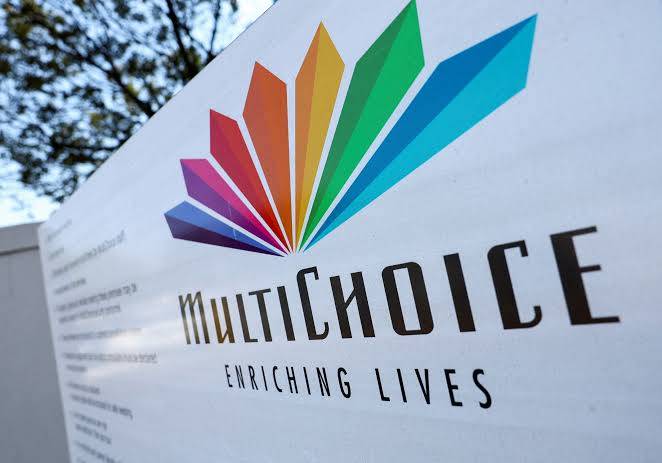Except the Central Bank of Nigeria changes its mind which is most unlikely, 17 out of the existing 24 Deposit Money Banks may be unable to meet the apex bank’s proposed capital requirement that currently stands at N25bn. This finds is consequent upon a report by Ernst and Young, a global financial services company.
The new report is titled: “Navigating the Horizon: Charting the Course for Banks amid Plans for Recapitalisation.” The report stated that if the apex bank raised the current N25bn capital base of commercial banks in the country by 15-fold, only seven out of the existing twenty-five banks may survive.
Olayemi Cardoso, CBN Governor, had in several fora stated that the apex bank would consider an increase in the minimum capital base of banks in the country as part of its efforts to strengthen their capacity to support Nigeria’s drive to become a $1tn economy by 2026.
The current capital base is stratified alongside the type of banking license being held. The banks with regional, national and international licenses are currently expected to maintain a minimum capital base of N10bn, N25bn and N50bn, respectively.
The proposed increase in the capital base is coming nearly two decades after the CBN’s 2004 banking reform. That year’s reform increased then capital base from N2bn to N25bn.
Theliberationnews can authoritatively recollect that the 2004 banking reform was characterised by broader mergers and acquisitions which ultimately resulted in the reduction of the number of banks in the country from 89 to 25 banks.
In its last year’s report, it indicated that chief executive officers and other top executives of Deposit Money Banks had begun moves to raise fresh capital to bolster their respective institutions’ capital base through preliminary merger and acquisition talks.
However, FBN Holdings, Wema Bank and Jaiz Bank in few months back had proposed Rights Issues, while Fidelity Bank announced plans to raise additional capital via the issuance of 13,200 billion ordinary shares via public offer and rights issue.
Ernst and Young further stated in the report that some banks may depend on different recapitalisation options, which include mergers and acquisitions, initial public offerings, placements and/or right issues and undistributed profit (retained earnings), despite financial soundness indicators’ showing that Nigerian banks were largely safe and resilient as of 2023.
The recent plan by the CBN to increase the capital base of banks, according to the report, will lead to a series of mergers and acquisitions as witnessed during the last recapitalisation exercise in 2004/2005.
The report read partly: “The recent plan by the CBN to increase the capital base of banks could again lead to M&A activities but not as widespread as was the case in 2004/2005 given the relatively solid financial positions of the banks today as well as the occurrence of several M&A activities in the banking sector over the past 10 years.
“While the CBN governor did not indicate the magnitude of the proposed hike in the capital base, we have assumed what the proposed increment will be based on three different scenarios underpinned by current macroeconomic conditions. On the back of that, we were able to determine the number of banks (across the three licence types) that may fall below the new minimum capital thresholds.
“In a worst-case scenario, i.e., given a capital multiplier of 15, about 17 out of 24 banks would not meet the new minimum capital.”
The report noted that the plan to recapitalise banks was premised upon the recent devaluation of the naira in 2023.
It also explained that the exchange rate as of 2005 during the last exercise in 2005 stood at N132.9/$ but the naira currently exchange for over N1400/$.
According to the firm, this implies that the recapitalisation may require a capital multiplier of 10 or more based on the exchange rate differentials.
“On this basis, a worst-case scenario given a 15x capital multiplier for 24 banks will be considered based on the type of banking licenses held. We have benchmarked the current capital of these banks against the current capital requirement and four recapitalization scenarios,” it noted.












